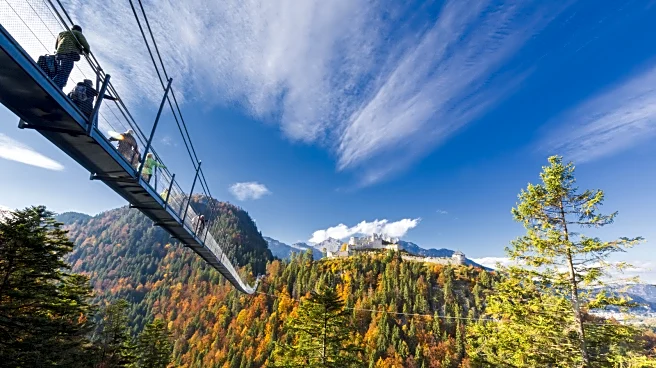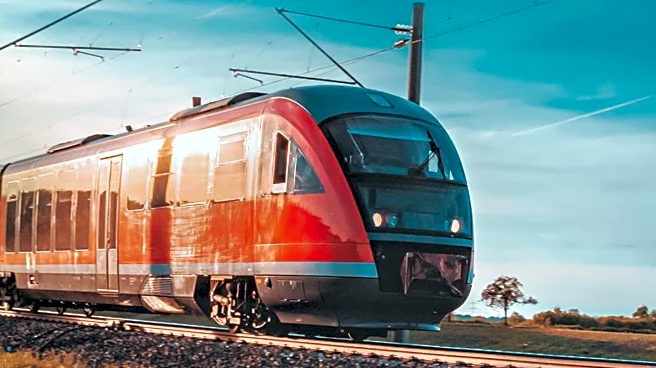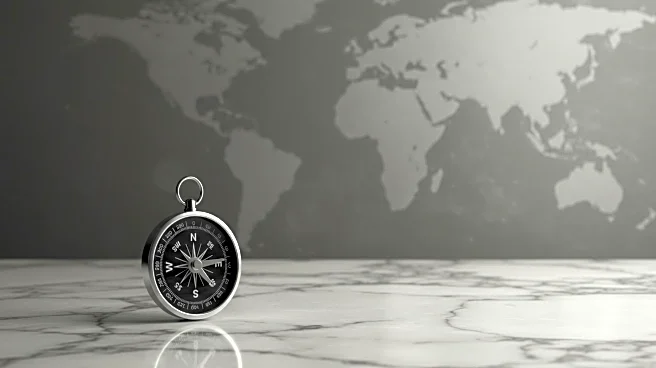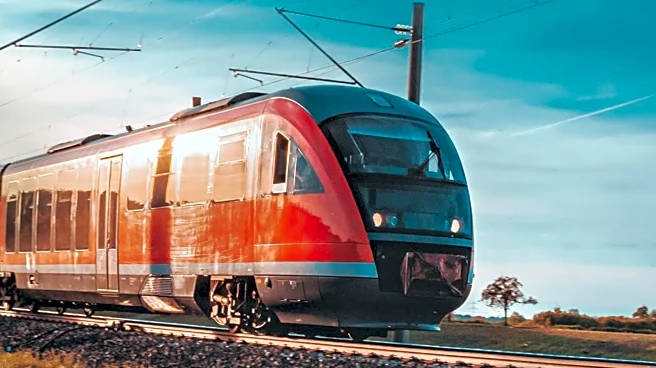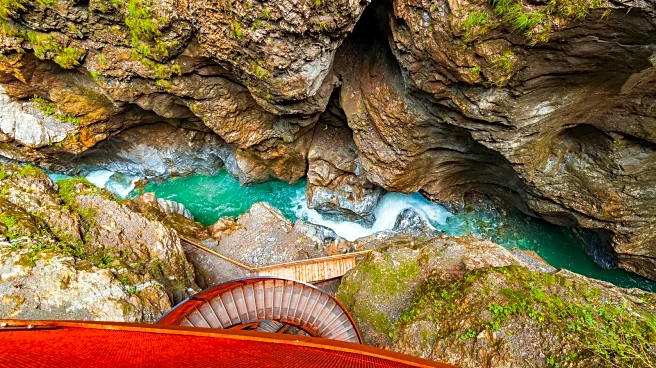
There's perhaps nowhere else in Europe that embodies the idea of a "country of contrasts" than Switzerland. This country is renowned for its high-security banks and efficient, timely public transportation; wooden-roofed villages are often passed by sleek trains, making Switzerland home to Europe's most scenic train rides. Switzerland also holds its heritage close, evidenced in the famous homegrown cheese, cows with bells, ancient woodworking traditions, traditional chalets, lost-in-time villages,
and remote mountain meadows.
Within Switzerland, there's no place quite as authentic as the canton of Appenzell, in the northeast corner of the country. Appenzell is considered so "backwards" that locals joke you need to set your watch back a full decade when you cross its borders. While some of this grip on the past should probably lessen to be sure (women couldn't vote until the 1990s in cantonal elections, for example), it's also the best place in the country to witness age-old traditions that are still very much alive, and practiced just as they have been for centuries.
Thanks to its seasonal cattle processions, yodeling, ornate homes, cave-aged cheeses, open-air voting, and more, Appenzell — the canton and its eponymous village — does seem like it belongs in a fairytale. What's more, surrounded by bucolic green pastures and the iconic Alps, Appenzell provides more than just history and tradition, but is a veritable Alpine playground. No one does tradition paired with nature like the Swiss, and no one else in Switzerland does it quite like they do in Appenzellerland.
Read more: The 12 Best Christmas Markets Across Europe
Long Live Swiss Tradition In Appenzell
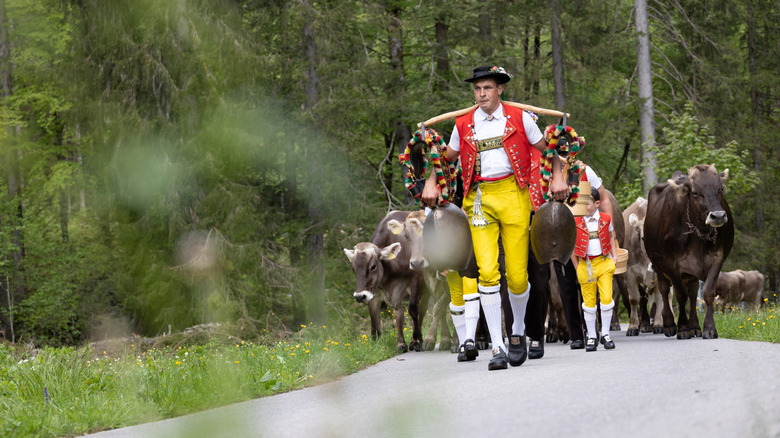
The beauty paired with the undeniable culture makes Appenzell one of Switzerland's prettiest and most iconic destinations you shouldn't skip on a trip. The Alpstein mountains form the backbone of the region, forming snowy peaks behind cow-spotted meadows and toy villages. Appenzell, the main village hub of the region, lies at the foot of these mountains, well-connected to both trails and cableways. The many (modern) cable cars provide easy access to incredible hiking within the Alpstein mountains, which is often accompanied by the musical sound of cow bells, and a stop at a dairy farm to sample the region's famous Appenzeller cheese. The strong, flavorful cheese (that renowned travel writer Rick Steves dubs "without a doubt, Switzerland's smelliest") is often aged in regional caves or cellars, after the wheels are rubbed in an age-old, secret herbal brine.
While hiking through the Swiss Alps, munching on tangy, slightly spicy cheese, you'll need to visit what is perhaps Appenzell's most iconic site: the Berggasthaus Äscher, a restaurant (former inn) ensconced high in the Alpsteins. To reach it, take the Appenzell Railway to Wasserauen and ride to the top of the cable car. From there, it's a short hike to the gorgeous restaurant built right into the rock. (Hint: the restaurant is also a great place to sample Appenzeller!)
Back in the town of Appenzell (population: 7,000), admire the colorfully decorated buildings and ornate wrought iron signs as you explore the pedestrian center. In the historic town square, Landsgemeindeplatz, over 3,000 locals converge each April in an open-air assembly, raising their hands to vote on cantonal issues and elected officials. Other villages in Appenzell still hold to this practice, as well.
Appenzell: When To Go And How To Get There
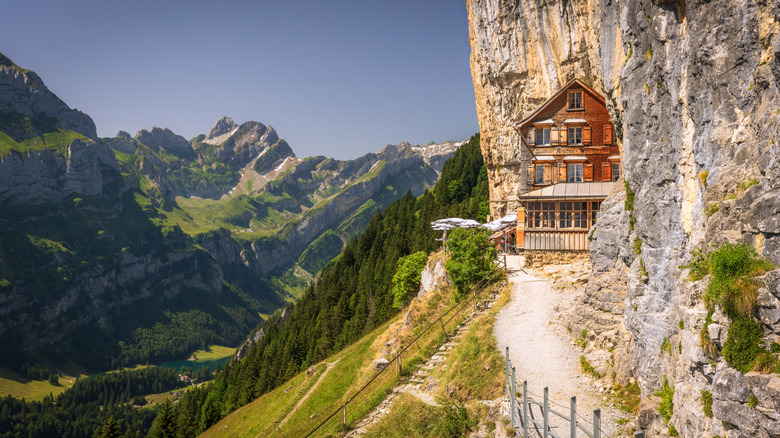
Appenzell is sandwiched between Zurich, Switzerland, and Innsbruck, Austria (and also borders the microstate of Liechtenstein). From Zurich, it's a one-hour car trip or a two-hour train ride, and from Innsbruck, it's about 2.5 hours via car. Appenzell is easily accessible from these major cities, even without a car, and its public transportation network, especially the Appenzell Railway (Appenzeller Bahnen), is connected to all the main towns and even trailheads.
There's no bad time to visit Appenzell, although certain times of year host famous festivals, like the seasonal cattle processions, when traditionally attired herders lead the friendly, flower-crowned brown cows up into the Alpine meadows. The cattle drive ascents occur in mid-May or June, and the descents from the pastures happen in late August or September; both become a lively parade, joined by young and old. In August, the annual Folk Music Festival features yodeling, an ancient tradition practiced throughout Switzerland but especially in Appenzell. Alpine yodeling is an ancient form of cross-mountain communication that's now evolved into a musical tradition.
In the colder months, Appenzell becomes even more of a fairytale Swiss Alps village as it transforms into a winter wonderland. Early January is also the time of yet another uniquely Appenzell festival: the New Year's Mummers. The New Year's Mummers, or Silvesterkläuse, dress in elaborate themed costumes, and parade between farms and villages, ringing cowbells and singing a haunting natural yodel, known as a Zäuerli. The Silvesterkläuse starts before dawn and ends after midnight, on the 31st of December and the 13th of January.
Ready to discover more hidden gems and expert travel tips? Subscribe to our free newsletter for access to the world's best-kept travel secrets.
Read the original article on Islands.







